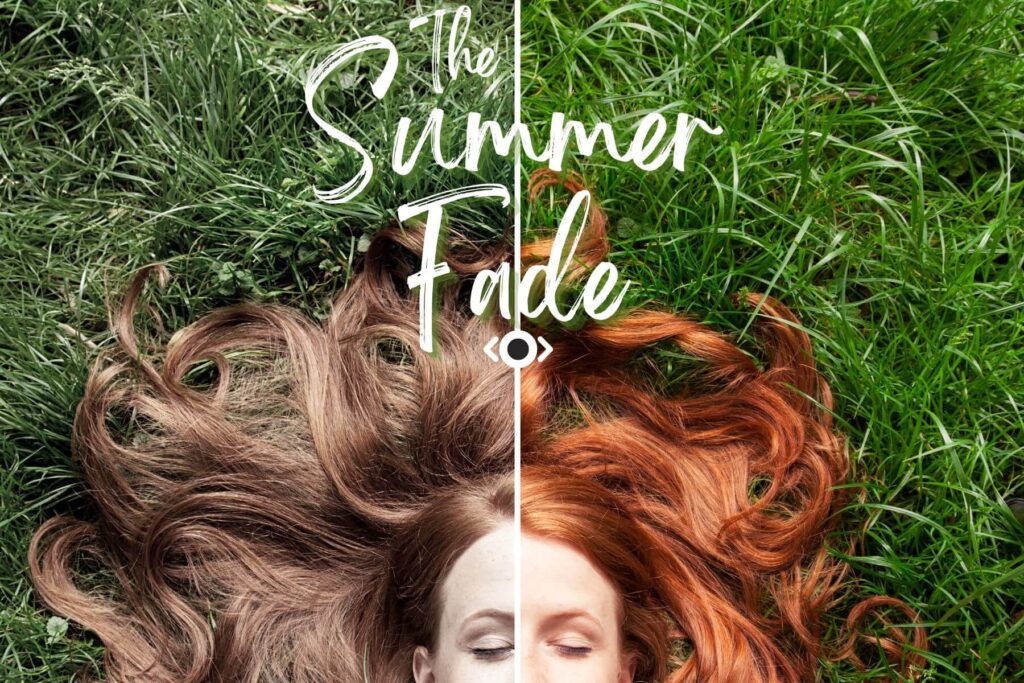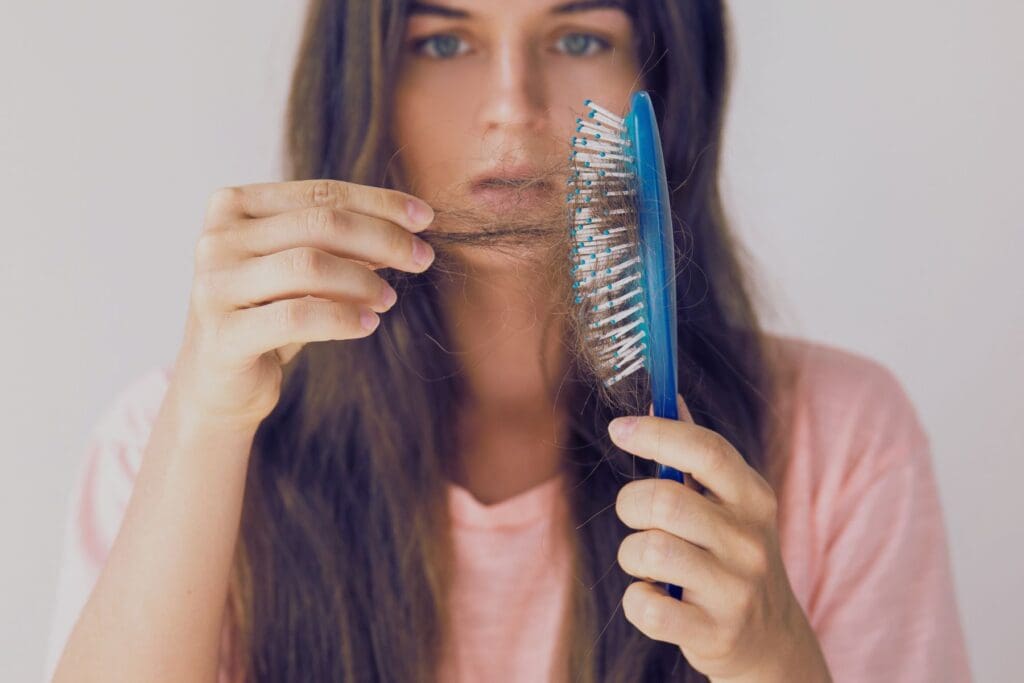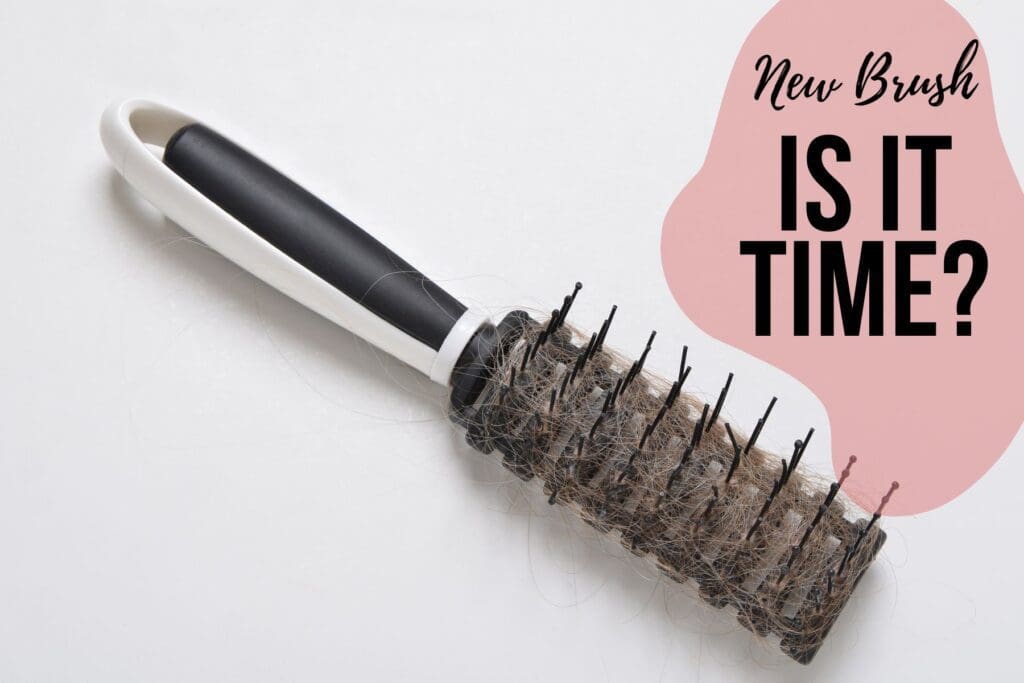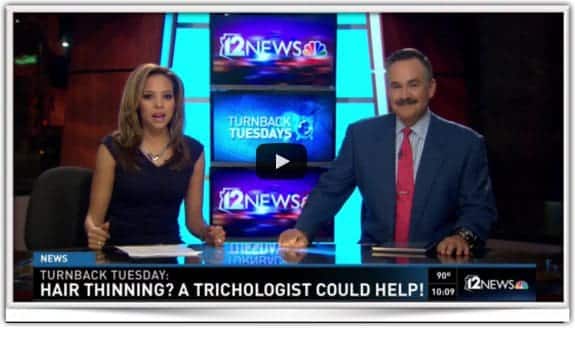The end of summer is always a bittersweet time. Warm weather begins cooling off, the pools are closing, and the beaches don’t have quite as many faces on them. Those summer activities are ones to remember, but they can be remembered in the wrong way when it comes to your hair and how that summer fun can leave your hair a discolored mess.
What is a Glossing?
A Hair Glossing is a quick add-on service that refreshes color that has faded or oxidized by depositing color and resealing the hair cuticle, allowing hair to have a more natural, rich tone and healthy feel vs. the faded, unnatural look and unhealthy feel.
A Hair Glossing is recommended after prolonged sun exposure (like after the summer months) or every three months to help keep hair looking and feeling great and extend the life of healthy hair. One of our hair specialists can also make recommendations on when hair is beginning to oxidize and when a Hair Glossing will make the most impact!



 In your hair care routine, your hairbrush is an essential tool. In addition to detangling and distributing your natural oils evenly, it also styles your hair. But how often should you replace your hairbrush? The answer depends on a few factors, including the type of brush you use, how often you use it, and how well you care for it.
In your hair care routine, your hairbrush is an essential tool. In addition to detangling and distributing your natural oils evenly, it also styles your hair. But how often should you replace your hairbrush? The answer depends on a few factors, including the type of brush you use, how often you use it, and how well you care for it.
